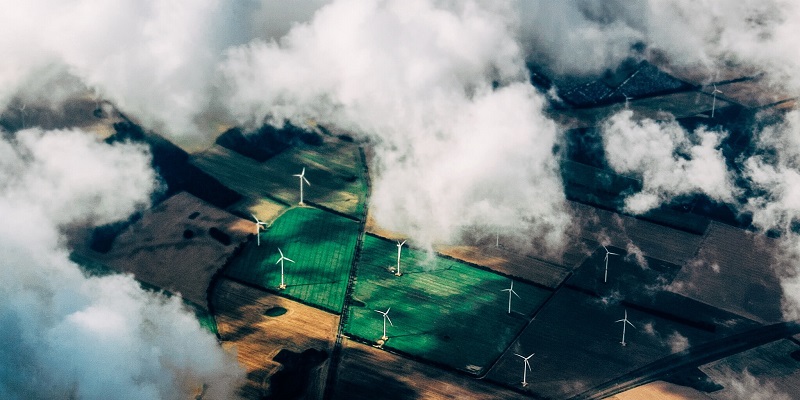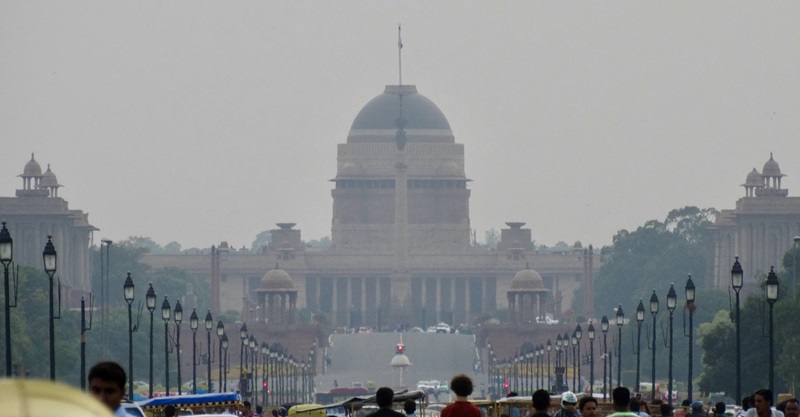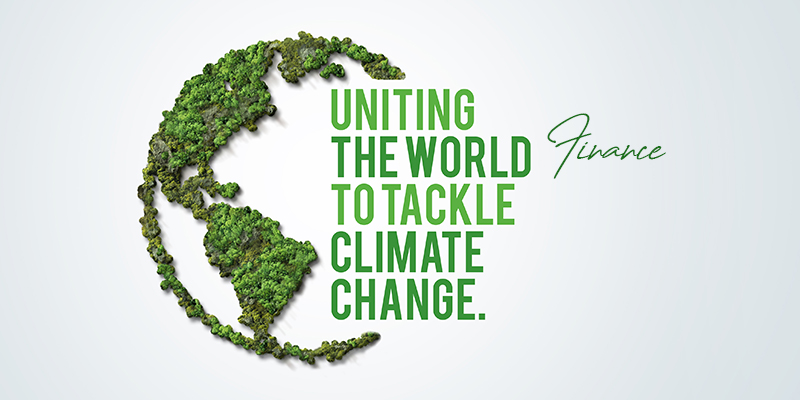Overview
The globe faces enormous difficulties, including the climate crisis, gender inequality, human rights violations, and extreme poverty. These problems can be daunting, but they are not unsolvable. As a result, the United Nations established the Sustainable Development Goals (SDGs), a comprehensive strategy to address these global issues. As the Global Goals era approaches its halfway point, world leaders will gather in New York for the UN General Assembly to assess progress. It is a good opportunity to emphasise the importance of redoubling efforts to complete the World’s To-Do List.
History
The history of the 2030 Agenda for Sustainable Development and its 17 Sustainable Development Goals (SDGs) demonstrates worldwide cooperation and dedication. It all started in 1992 with the Rio Earth Summit, where Agenda 21 was conceived, laying the groundwork for global cooperation towards sustainable development. The Millennium Declaration of 2000 resulted in the Millennium Development Goals (MDGs), which were designed to alleviate severe poverty. These goals were enlarged, and international cooperation was the focus during the 2002 World Summit on Sustainable Development.
The United Nations Conference on Sustainable Development (Rio+20) reaffirmed these concepts. It launched the creation of the SDGs in 2012, resulting in the foundation of the UN High-level Political Forum on Sustainable Creation. The culmination occurred in 2015, with the adoption of the 2030 Agenda, which established a global commitment to the SDGs. Today, the Division for Sustainable Development Goals (DSDG) actively supports and promotes SDG engagement across multiple thematic areas, contributing to a more sustainable and equitable world.
What are Sustainable Development Goals (SDGs)?
The United Nations’ Sustainable Development Goals (SDGs), often known as the Global Goals, are a universal call to action issued in 2015. By 2030, these 17 interconnected goals hope to address poverty, hunger, gender inequality, and environmental sustainability. They acknowledge the interconnection of global concerns and recognizes the significance of striking a balance between social, economic, and environmental sustainability.
Why Are the SDGs Important?
The SDGs are critical for tackling humanity’s most serious concerns. They reflect a comprehensive approach to long-term development, highlighting the importance of balancing economic progress with social fairness and environmental protection. In an era of climate change, meeting these targets has never been more important.
17 Goals of Sustainable Development Goals
- No Poverty: Goal 1 seeks to eliminate extreme poverty worldwide, ensuring no one is left behind in our quest for a fairer world.
- Zero Hunger: focuses on eradicating hunger, boosting sustainable agriculture, and achieving universal food security, as no one should go to bed hungry.
- Good Health & Well-being: aims to ensure healthy lives and promote well-being for people of all ages by improving healthcare access and tackling health inequities.
- Quality Education: emphasises inclusive and quality education, ensuring every child obtains a proper education and opens doors to a brighter future.
- Gender Equality: promotes gender equality and empowerment, as well as women’s rights and equitable opportunity for all.
- Clean Water and Sanitation: aims to provide clean water and sanitation to everyone, protecting our most precious resource.
- Affordable and Clean Energy: aspires to secure access to affordable and clean energy while reducing dependency on fossil fuels and increasing sustainability.
- Decent Work and Economic Growth: encourages decent employment and economic prosperity by encouraging job creation and equitable economic development.
- Industry, Innovation, and Infrastructure: focuses on constructing resilient infrastructure, supporting innovation, and promoting sustainable industrialisation.
- Reduced Inequality: to minimise inequalities within and between countries by resolving imbalances and increasing social inclusion.
- Sustainable Cities and Communities: aspires to promote sustainable cities and communities by fostering inclusive urbanisation and decreasing environmental impact.
- Responsible Consumption and Production: Goal 12 pushes for responsible consumption and production habits, as well as waste reduction and resource conservation.
- Climate Action: urges immediate climate action to mitigate climate change and its consequences to protect our world.
- Life Below Water: focuses on maintaining marine species and habitats to protect our oceans for future generations.
- Life on Land: aims to maintain terrestrial ecosystems and halt biodiversity loss, conserving our planet’s unique living forms.
- Peace, Justice, and Strong Institutions: emphasises peace, justice, and strong institutions while fostering accountable governance and equal access to justice for all.
- Partnerships for the Goals: promotes the importance of global partnerships for sustainable development, connecting stakeholders to accomplish the SDGs together.
How are local businesses playing a role in achieving Sustainable Development Goals?
Through a diverse strategy, Japan is making great progress towards changing the unsustainable development goals to sustainable development goals (SDGs). With a population of 740,822, Kumamoto City exhibits this dedication in its SDGs Future City Plan by tackling post-earthquake recovery, demographic decline, and sustainability. Strategies to improve regional catastrophe resilience include policy formulation, information distribution, and collaborative model projects.
Iki City, which has a population of 27,103 people, is an example of efficient collaboration. It forms relationships with the commercial sector to stimulate agricultural innovation via the use of the Internet of Things (IoT) and Artificial Intelligence (AI). The city manages financial resources carefully, identifies SDG-related budgets, and supports staff interaction, enabling effective resource allocation and information sharing.
Nishiawakura Village, a small town of 1,472 people, shows Japan’s commitment to the Sustainable Development Goals (SDGs). The village prioritises knowledge sharing through platforms and local events, collaborating with universities to strengthen its capacity to achieve the SDGs. Furthermore, Nishiawakura’s entrepreneurial orientation has resulted in the development of a forest management initiative that aligns with SDG targets relating to sustainable land use and ecosystem preservation. These local activities illustrate Japan’s collective commitment to the SDGs, highlighting resilience, creativity, and community participation, all of which contribute to SDG implementation locally and nationally. It highlights that the pursuit of the SDGs begins with communities, regardless of size, and that communities play a critical role in promoting a more sustainable and equitable world.
Implementation progress
A worldwide dashboard known as the ‘global indicator framework’ is used to meet sustainable development goals. The UN approved this framework in 2017 to act as a progress scorecard, assisting in tracking and directing initiatives. Furthermore, the UN maintains an SDG database, a useful resource for obtaining statistics relevant to these goals.
Furthermore, the UN publishes two critical reports: the SDG Progress Report, which serves as an annual review of the goals, and the Global Sustainable Development Report, which provides insights into global sustainability trends every four years. These resources are critical for steering progress towards a more sustainable future.
| Report Title | Date Posted | Coverage | Purpose |
| 2023 Global Multidimensional Poverty Index (MPI) | July 11, 2023 | Data from 110 developing countries covering 6.1 billion people (92% of the population in developing countries) | Provides an update on worldwide multidimensional poverty, including insights into poverty prevalence, deprivation, and intensity, to inform and accelerate efforts to eradicate all types of poverty. |
| Dimensions of Poverty | Indicator |
| Health | Nutrition |
| Child mortality | |
| Education | Years of schooling |
| School attendance | |
| Standard of living | Cooking Fuel |
| Sanitation | |
| Drinking Water | |
| Electricity | |
| Housing | |
| Assets |
Key Findings (across 110 countries)
-25 countries halved multidimensional poverty within 15 years
-1.1 billion people remain poor out of the 6.1 billion covered by the report
-534 million of the 1.1 billion poor people live in Sub-Saharan Africa
-485 million people live in severe poverty, experiencing 50–100% of weighted deprivations
-566 million of the 1.1 billion poor people are children under 18 years of age
Access the full report and archives on the UNDP website: UNDP MPI Reports
To conclude, the path to the 2030 Agenda for Sustainable Development and the SDGs has been a joint effort by governments, organisations, and individuals dedicated to making the world more equitable, sustainable, and prosperous for current and future generations.
Sources: https://www.sciencedirect.com/science/article/pii/S2210670722002049



